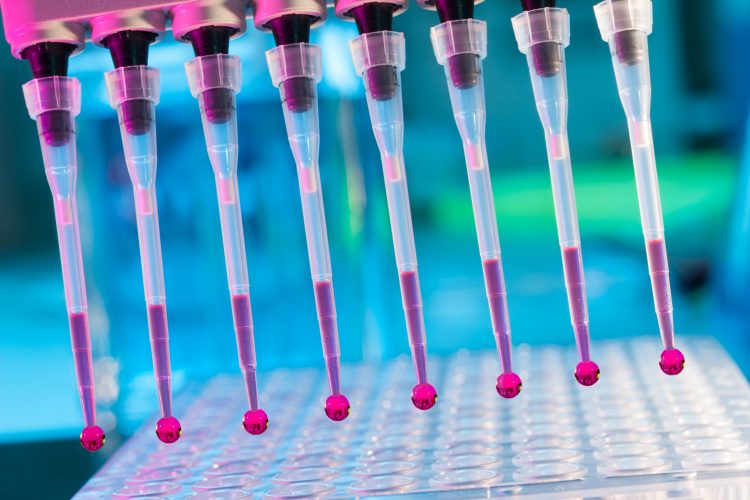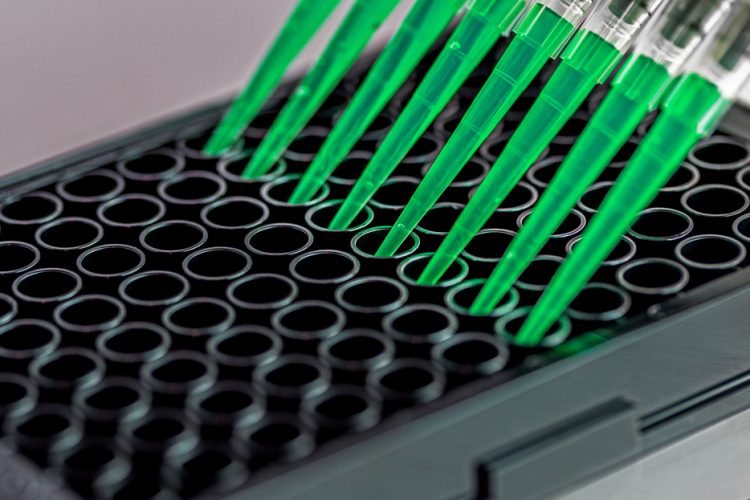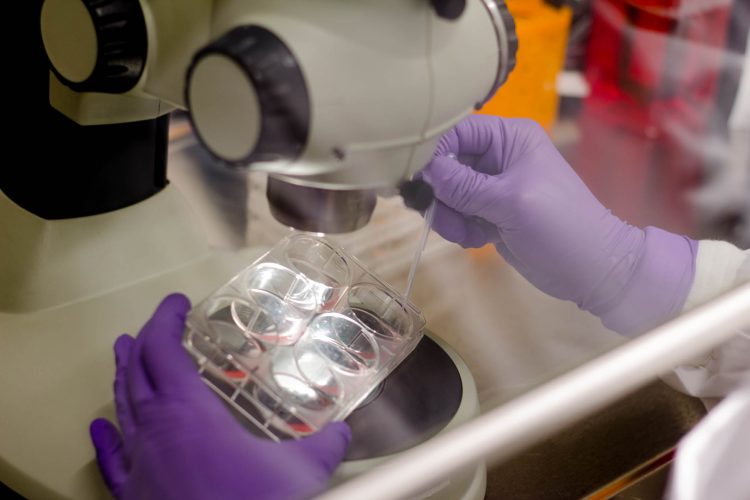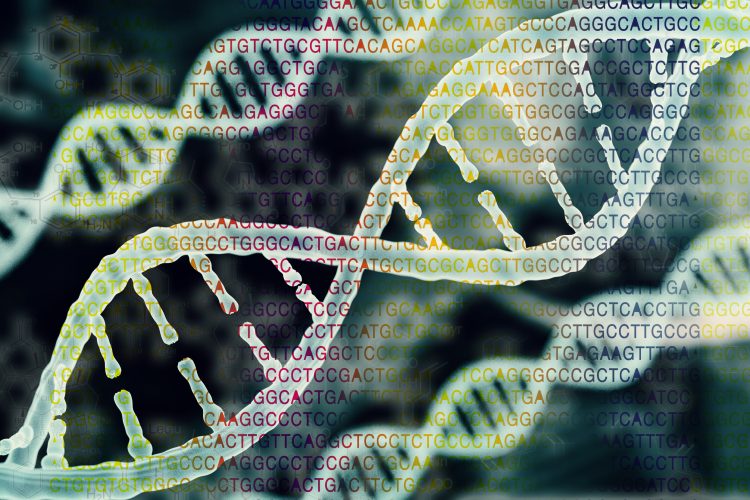Assay development for image-based high-content screening
Image-based high-content screening (HCS) is a high-throughput screening (HTS) technology that combines automated fluorescence microscopy from microtiter plates with digital image analysis. This effectively allows phenotypic screening with sufficient throughput to interrogate large compound libraries...
































